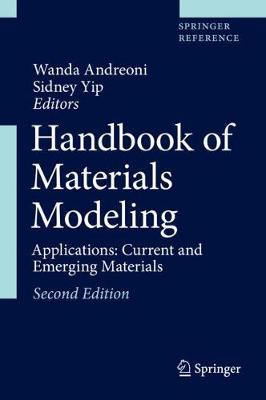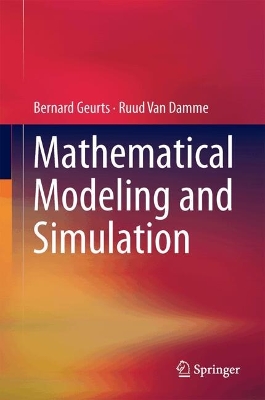Handbook of Materials Modeling
 -15%
portes grátis
-15%
portes grátis
Handbook of Materials Modeling
Applications: Current and Emerging Materials
Yip, Sidney; Andreoni, Wanda
Springer International Publishing AG
03/2020
2897
Dura
Inglês
9783319446790
15 a 20 dias
5983
Descrição não disponível.
Introduction Plenary Topics Photovoltaics: First Principles Modeling Modeling Applications to Magnetism, Magnetic Materials and Spintronics Low dimensional materials at the nanoscale Thermal Transport Oxides in Energy and Information Technologies Surface Catalysis Hierarchical Materials Modeling: Mechanical Performance Modeling the Structural Development and Mechanics of Complex Soft Materials Nanomechanics of Materials: Structure and Deformation Glass Science and Technology: Predictive Modeling Nuclear Materials Radiation Damage Multiscale Modeling of Diseases Computational Crystal Structure: Prediction and Materials Discovery
Este título pertence ao(s) assunto(s) indicados(s). Para ver outros títulos clique no assunto desejado.
Quantum Mechanics/ Molecular Mechanics (QM/MM);Time-Dependent Density Functional Theory (TDDFT);Multiscale materials modeling;Coarse-grained models;Atomistic simulations;Microstructure evolution;Computational materials science reference;Materials modelling reference
Introduction Plenary Topics Photovoltaics: First Principles Modeling Modeling Applications to Magnetism, Magnetic Materials and Spintronics Low dimensional materials at the nanoscale Thermal Transport Oxides in Energy and Information Technologies Surface Catalysis Hierarchical Materials Modeling: Mechanical Performance Modeling the Structural Development and Mechanics of Complex Soft Materials Nanomechanics of Materials: Structure and Deformation Glass Science and Technology: Predictive Modeling Nuclear Materials Radiation Damage Multiscale Modeling of Diseases Computational Crystal Structure: Prediction and Materials Discovery
Este título pertence ao(s) assunto(s) indicados(s). Para ver outros títulos clique no assunto desejado.







